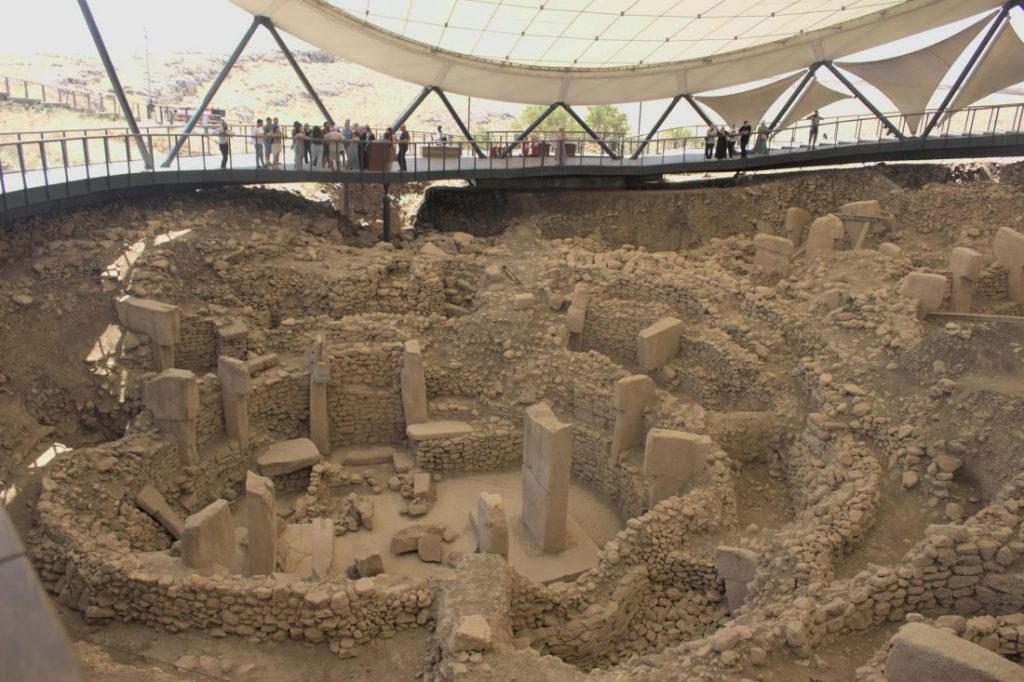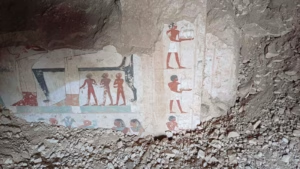Şanlıurfa, Türkiye – The Neolithic heart of humanity is being rediscovered in the sunbaked plains of southeastern Türkiye. From the monumental enclosures of Göbekli Tepe to the emerging mysteries of Karahantepe, the Taş Tepeler (Stone Hills) Project is reshaping our understanding of early civilization and organized society.
Launched by Türkiye’s Ministry of Culture and Tourism, the project encompasses 12 prehistoric settlement sites in and around Şanlıurfa—transforming the region into the epicenter of global archaeological attention.
Göbekli Tepe: The Dawn of Civilization
First identified in 1983 and excavated starting in 1995 by renowned German archaeologist Prof. Dr. Klaus Schmidt, Göbekli Tepe has revolutionized archaeological theory. Dated to approximately 9600 BCE, the site is home to the world’s earliest known temple structures—erected by hunter-gatherers long before the advent of agriculture or permanent settlements.
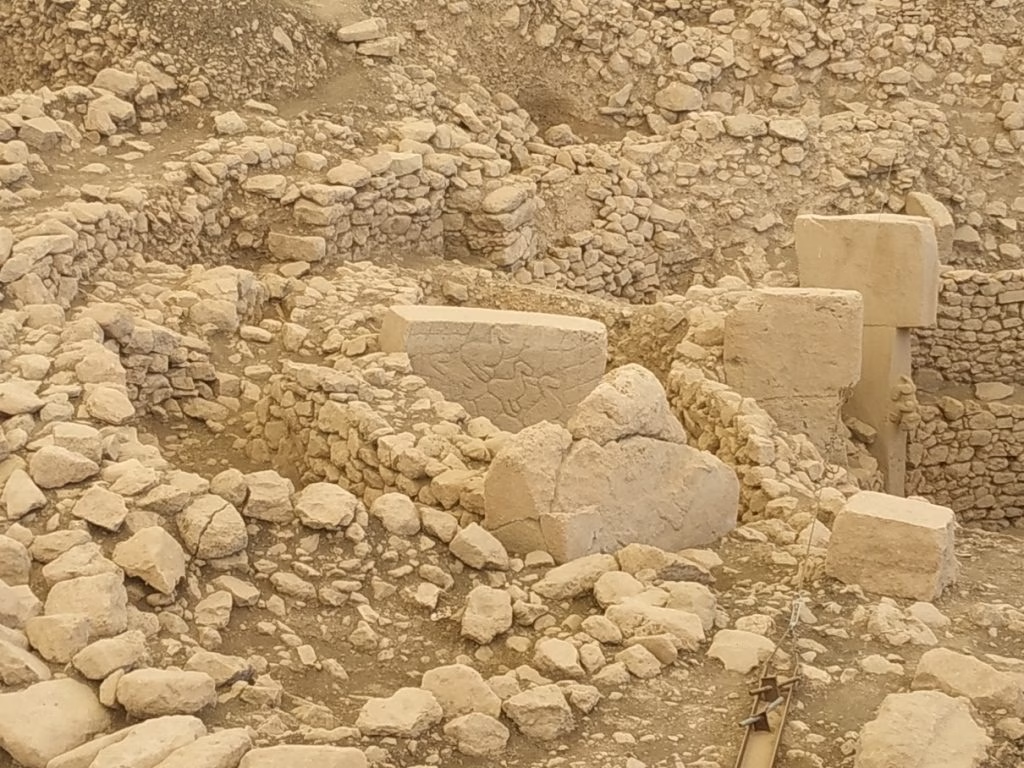
Following Schmidt’s passing in 2014, Prof. Dr. Necmi Karul, a leading figure in Neolithic studies, took over as excavation director. Under his guidance, Göbekli Tepe has been linked to a broader cultural phenomenon, connecting it with other sacred and communal sites across the region.
Karahantepe: A Rising Star of Prehistory
Located 35 kilometers east of Göbekli Tepe, Karahantepe is revealing equally monumental findings. With more than 250 T-shaped pillars, elaborate reliefs of humans and animals, and ritualistic spaces, Karahantepe is shedding new light on Neolithic cosmology and social complexity.
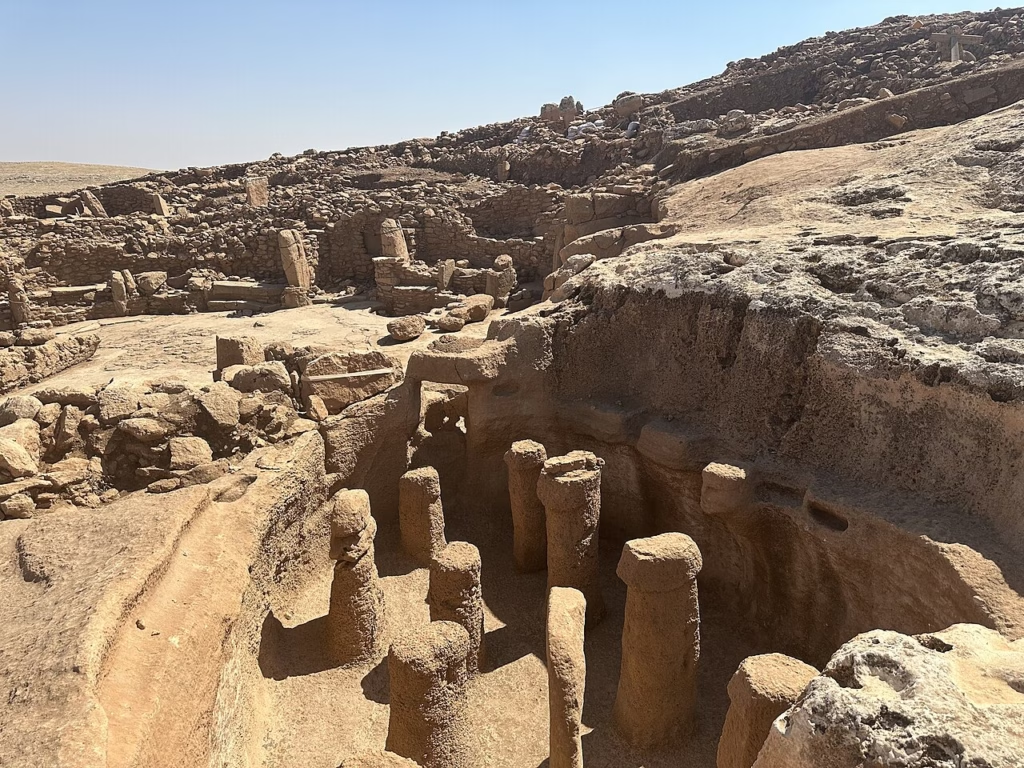
Deputy Minister of Culture and Tourism Gökhan Yazgı, speaking at the Şanlıurfa Cultural Route Festival, emphasized the project’s scale and global relevance:
“Göbekli Tepe placed Türkiye at the top of the archaeological map. Karahantepe is now taking this journey even further. The Taş Tepeler Project is the largest archaeological initiative in the world. Researchers from all over the globe are working here. Japanese scientists are set to join excavations this September.”
He added that efforts are underway to complete protective roofing over Karahantepe and open it to the public by the end of the year.
Taş Tepeler Project: 12 Sites, One Cultural Network
In addition to Göbekli Tepe and Karahantepe, the Taş Tepeler Project includes Sayburç, Sefertepe, Harbetsuvan Tepesi, and several other mounds, all dating back more than 11,000 years. These interconnected sites point to a shared symbolic system and architectural tradition that predates the Egyptian pyramids by millennia.
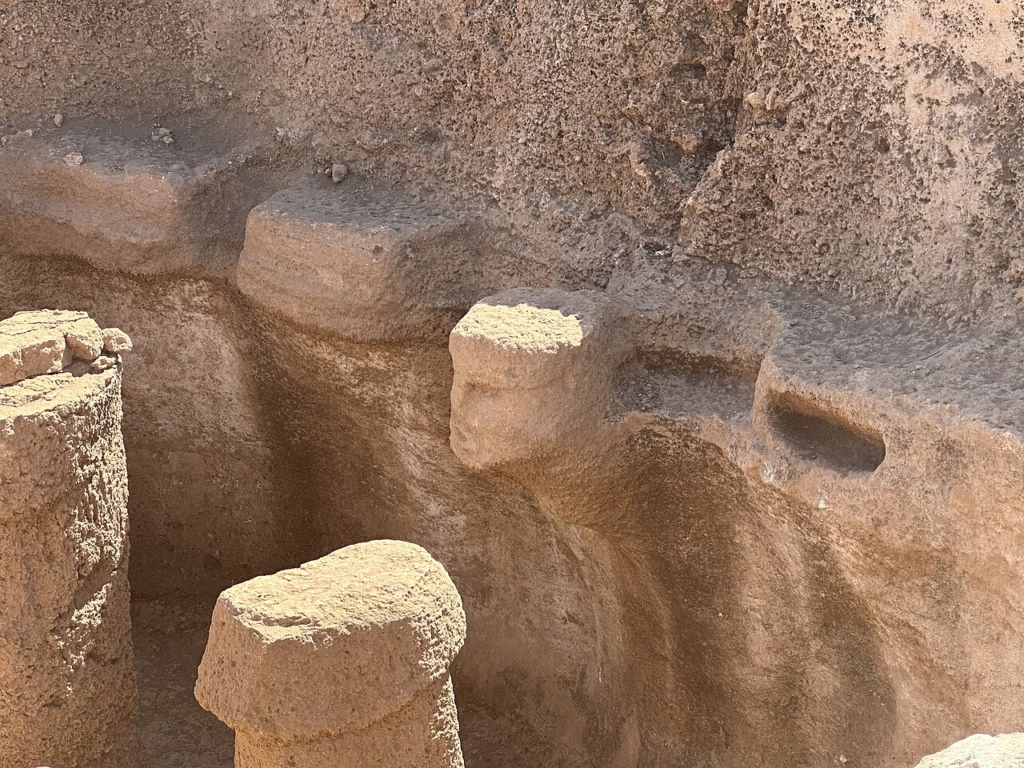
Deputy Minister Yazgı noted:
“With Minister Mehmet Nuri Ersoy’s leadership, we’ve developed a scientific infrastructure unmatched worldwide. Last year, we hosted a major international conference with over 1,000 scholars. We’re also transforming the Şanlıurfa Archaeological Museum into the world’s largest center for Neolithic research and exhibition.”
Rewriting Human History
The discoveries at Taş Tepeler are challenging long-held beliefs about the Neolithic period. Instead of a linear progression from farming to religion, the findings suggest that spiritual and social organization may have preceded agriculture. Monumental construction, community planning, and symbolic expression existed in complex forms long before previously assumed.
As Yazgı put it, these sites are:
“Not only shedding light on the history of this region, but rewriting the early chapters of all human history.”
